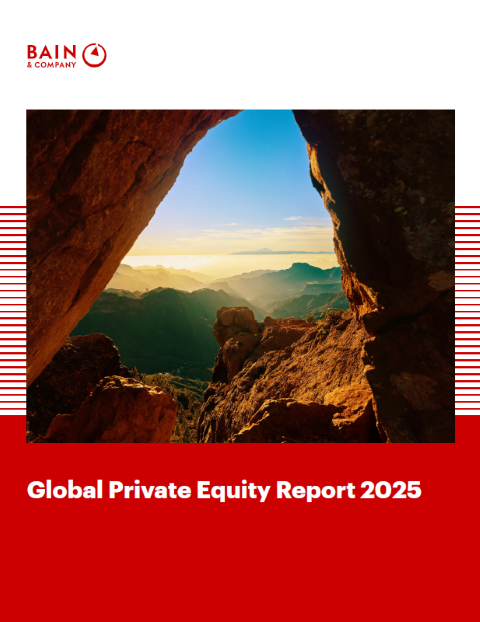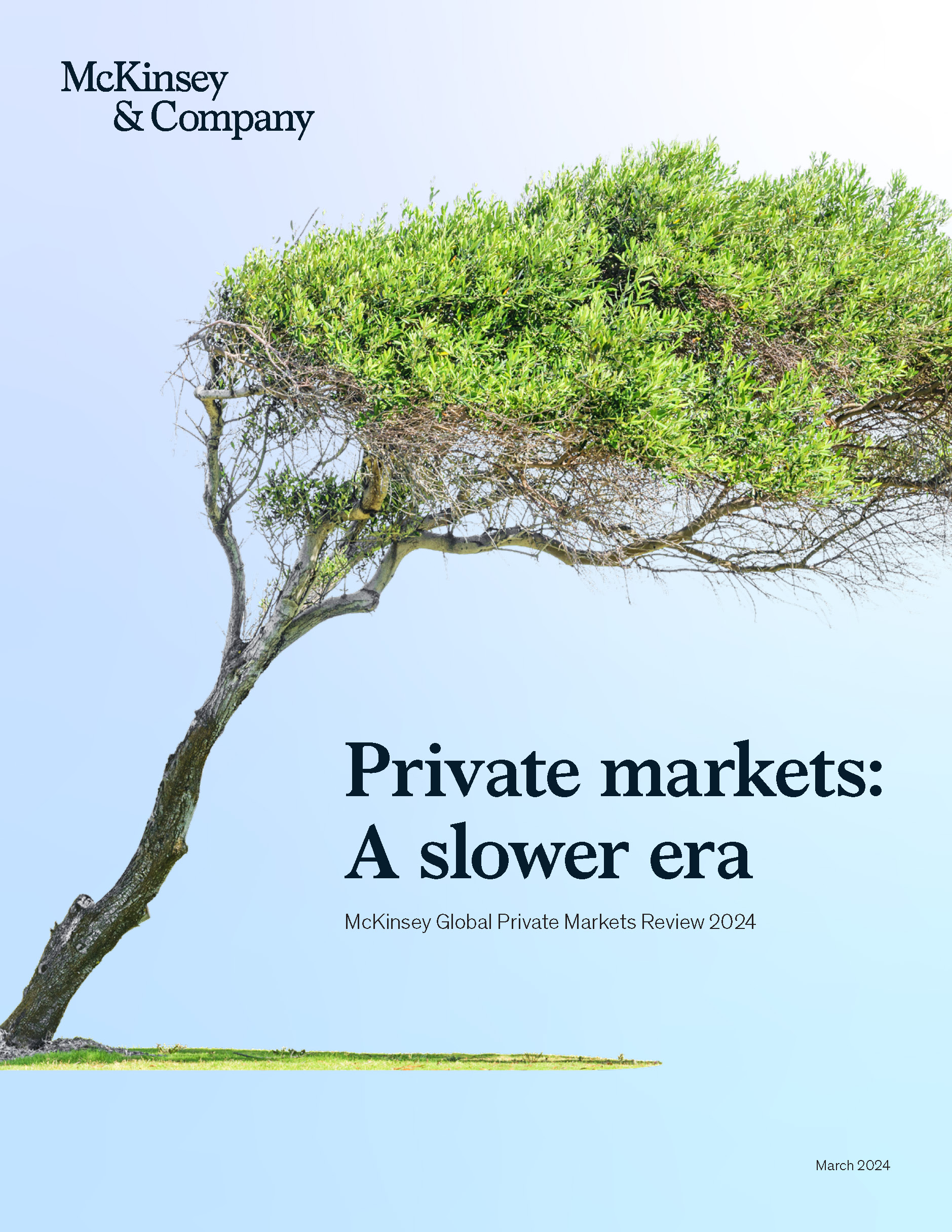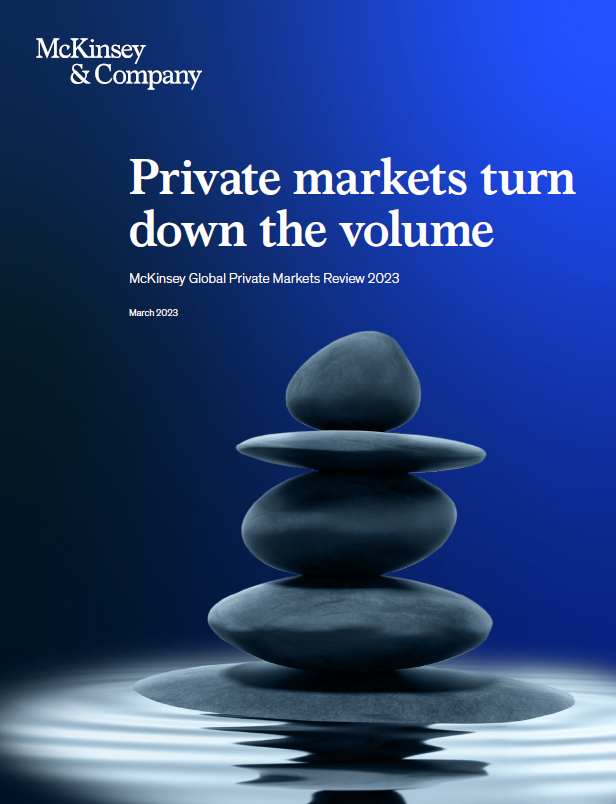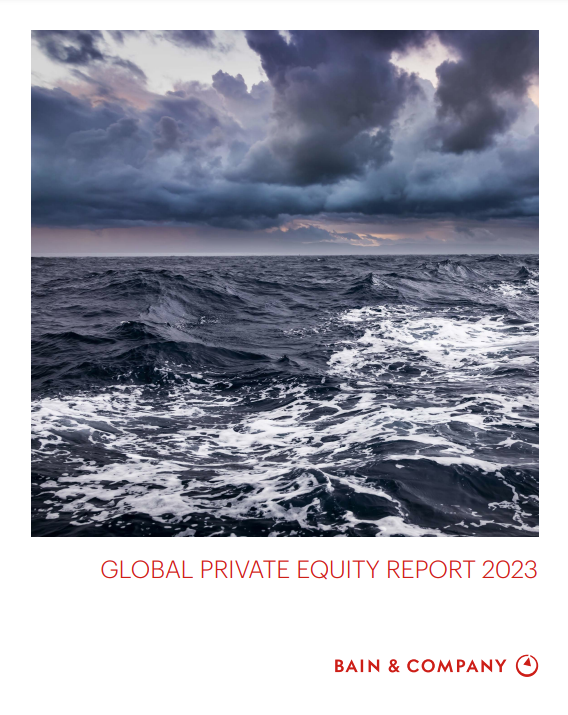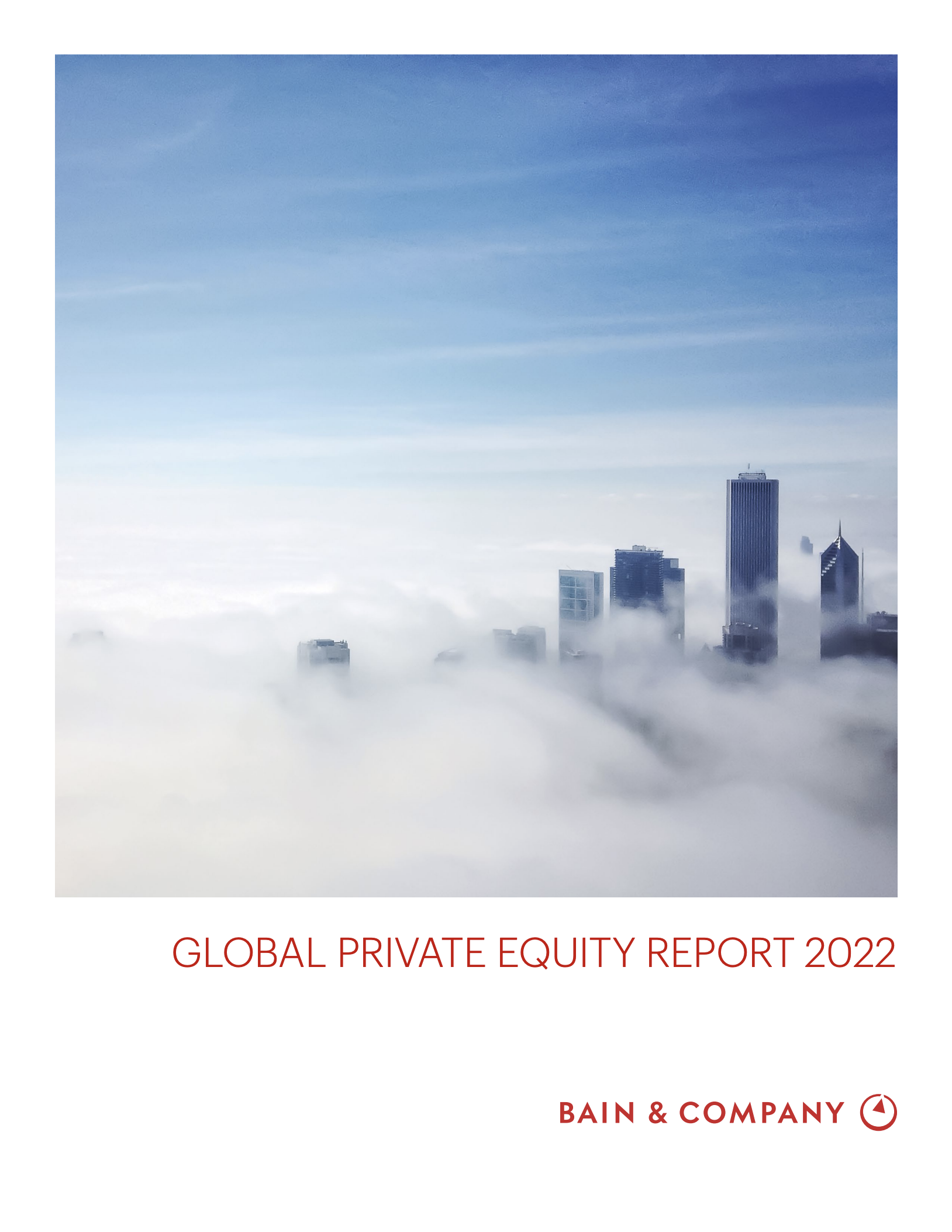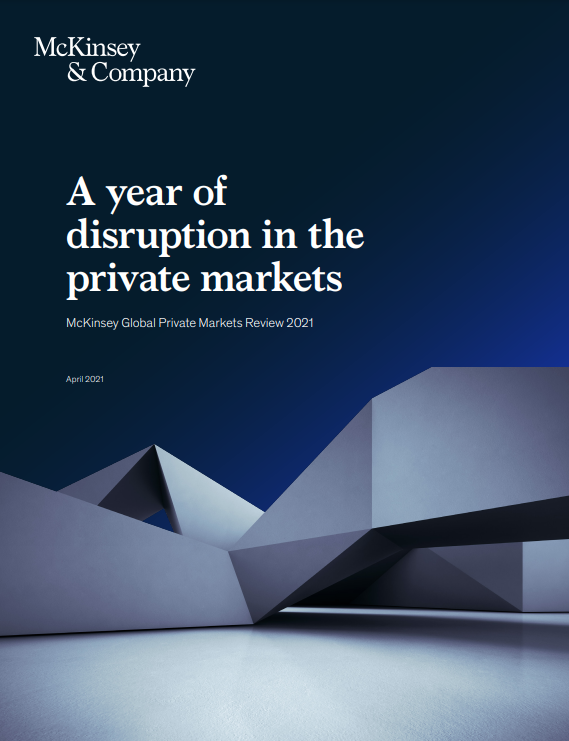The year 2023 was one of portent. Deal value fell by 37%. Exit value slid even more, by 44%. Fund-raising dropped across private capital, as 38% fewer buyout funds closed. Interestingly, dollar commitments in buyouts surged as a number of high-performing funds came to market. But it was truly a year of haves and have-nots. Just 20 funds accounted for more than half of all buyout capital raised. Yet what’s driving these declines couldn’t be more dissimilar to what was happening in 2008–09, and making sense of it requires a different lens altogether.
As difficult as it was, the aftermath of the GFC followed a predictable pattern: To cope with the crisis, central bankers slashed interest rates to spur activity, the economy slowly stabilized, and private equity was able to claw its way back from what many predicted would be its unraveling. The resulting period of growth in the years that followed created a private equity industry that is vastly larger and more complex than anyone in 2008 could have reasonably expected.
Yet today that size and complexity magnify the challenges the industry faces. Business conditions are more perplexing than predictable. Interest rates have risen faster than at any time since the 1980s, and it remains unclear when the US Federal Reserve will reverse course or where rates will eventually settle. Concerns about what we dubbed last year “the most anticipated recession in history that hasn’t happened yet” continue to linger. Yet to the surprise of most analysts, the economy is chugging along nicely. Record-low unemployment, reasonable growth, and surging public markets in the US suggest the possibility that we might just escape these months of turmoil with nothing worse than a soft landing.
These crossed signals have left private equity hamstrung. The sheer velocity of the interest rate shock was something few in the industry had ever experienced, and the impact on value has driven a wedge between buyers and sellers.
Click to Download the Report
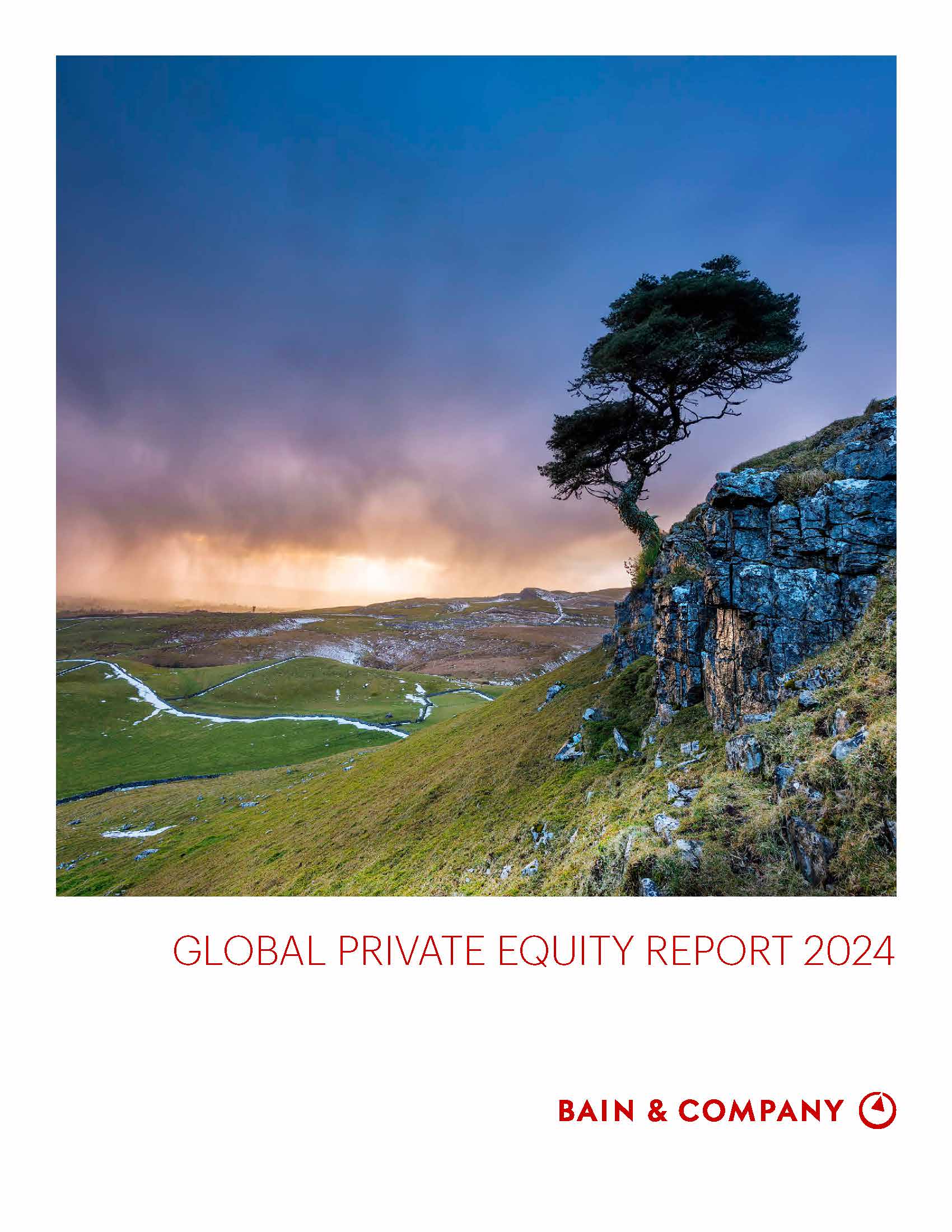
Estimated Time
1 min read
